ICAM Goes to Armenia!
To Armenia.. In pursuit of knowledge, lichens, and mushrooms
When you think of the country Armenia, what comes to mind? Maybe you know of a few famous Armenians, such as Cher, System of a Down, or the Kardashians. President Biden recently became the first U.S. president to acknowledge the Armenian genocide, which occurred under the Ottoman Turk regime from 1915-1918 killing 1.5 million Armenians from their homeland (1,2,3). Between 800,000 to 1.2 million Armenians were deported from Turkey to the Syrian Desert, basically reducing the population of Armenians in the region by 90% (4,5). What you might not know is that Armenia is an ancient and yet contemporary civilization situated within a biodiversity hotspot, the Caucasus Mountain range in Southwest Asia (6). The region is home to more than 6000 species of plants, 153 species of mammals and 400 species of birds, some of which are endemic to Armenia(7,8). Armenia is home to large stretches of undisturbed primary forests, of which the Armenian people have a long history of land stewardship and of intimate connection with the unique and beautiful landscape. In July we travelled to Armenia for a week-long field excursion with a small group of local Armenian biologists. Together we form the International Congress of Armenian Mycologists (ICAM). We consist of ethnically Armenian scientists on different breaths of the scientific academic journey.

Dr. Patricia Kashian now faculty at Bard College in New York, Tania Kurbessoian a fifth year Microbiology PhD candidate at UC Riverside,
Claudia Victoroff-Bashian a second year Biology PhD student at Case Holden University and Arik Joukhadjian a second year Microbiology PhD Student at UC Riverside.
We are a network of research scientists of Armenian ethnicity allied in the mission of biological, ecological, and social welfare for all Armenian life.
Because fungi are understudied worldwide, and Armenia has been home to a relatively low proportion of that research, we aim to describe new species and accrue data for answering critical ecological and evolutionary questions.
In July we conducted scientific research on fungal diversity and forest ecology on our ancestral homeland. We collected and identified lichens, mushrooms, and rust fungi to record fungal biodiversity in the region.
We collected soil samples from across the country to analyze the soil organisms (fungi and bacteria) in different ecoregions of Armenia.
We began our trip in Yerevan, Armenia’s 12th capital city in its long history. It was first founded in 782 B.C.E. by Urartu king Argishti the first, who named it Erebuni. The city was rebuilt after the first World War and the Armenian Genocide when its people came back to live in Armenia once it was under Russian regime. Yerevan is called “The Pink City” due to most of its buildings made with tuff, a pink volcanic rock endemic to this region. Yerevan city is a hub for art, music, dancing, and culture.
After meeting with our collaborators in Armenia via zoom for the last 10 months, it was a relief to sit down and share a meal together in real life. Our itinerary was developed by our friend and colleague Dr. Arsen Gasparyan, who is not only a brilliant scientist, but a fierce advocate for wildlife conservation and sustainable development in Armenia. He has led many efforts through WWF or the World Wildlife Fund for Nature, an international non-governmental organization committed to preserving wildlife. He received his PhD at the Freie Universitat Berlin in lichenology, where he focused his entire dissertation on identifying new and well known lichens in Armenia(9,10,11,12). He is now back in Armenia, working through the ARTrails to bring youth and foreign interest to the ancient forests of Armenia.
Early in the morning we gathered in our transport van and travelled from Yerevan, stopping near the town of Hankavan where we collected our first samples. Not only did we scour the ground and trees for lichens and fungi but we also collected soil samples using spades and bulb planters.


While the dry soil in Hankavan meant that few mushrooms were growing, our group had fun getting to know each other while hiking through the woods. We rested at a natural hot spring and had a lunch of fresh veggies, Armenian flatbread called lavash, and (of course) a variety of kebabs.

From Hankavan we traveled north to the town of Dilijan and to Dilijan National Park. While the southern half of Armenia is relatively arid, the northern half is found in much higher altitudes and is extremely lush. In Dilijan we hiked the Hidden Waterfall trail (13) and the Drunken Forest Trail (14), both described by the HikeArmenia app.

The cool and humid forest was exploding with life, and we found a broad diversity of lichens and mushrooms. The forest was mostly composed of mainly oriental beech trees. We were finding some mushrooms, but we all were aching to find more. Turns out the country had been experiencing some dry weeks before we got there.

From Dilijan we traveled south, stopping at some cultural and natural landmarks including the Haghartsin Monastery complex which was built between the 10th and 13th centuries. According to tradition, Armenia was the first nation to adopt Christianity in 301 A.D., so most of the cultural landmarks throughout the country are chapels and monasteries. We also stopped at Lake Sevan, a large and beautiful lake in central Armenia that is surrounded by mountains, and Sevanavank, a monastery on the coast of the lake.

We traveled south following Vardenyats Mountain Pass, the original silk road that was used from 2nd millennium BC to 16th century A.D., stopping at an ancient structure that once housed traders on their journey. We drove through Vayots Dzor province to Hermon village, a small city found on the foot of the Yeghegis River. This trail was noted by Marco Polo in his journals travelling through this region and meeting Armenian folk. You can read more about the trail and its deep historical roots in the link (15).

After waking up in our hotel, we attempted to dry the fungi using our dehydrators. It was unfortunate that we didn’t consider the amperage difference, and thus fried one of the dehydrators! We then had our first official ICAM meeting in person, something that felt so surreal and joyous to us especially given the ongoing COVID-19 pandemic. We discussed future goals and directions, breathing life and vigor to our mission. Satisfied with our objectives, and with a tasty Armenian breakfast, we hit the road again. Our eventual destination was Artavan, an incredible town in the mountains of the Vayots Dzor province. In Artavan we traveled deep into the mountains to sample mushrooms and soil in forests primarily composed of oak and juniper trees. Thankfully we had talented locals skillfully driving us through the rough terrain in old Russian military vehicles. When we returned to camp for the night, we were treated to the hospitality that Armenians are known for! We celebrated our newfound friendships around a bonfire and said cheers (or in Armenian, genatz) to our friendly hosts!
After a long day sampling in Artavan, we were ready for a day off. Luckily for us, Day 4 of our journey happened to be the Armenian holiday, Vardavar!

Originally a pre-Christian celebration, Vardavar celebrates the goddess Astghik, goddess of beauty, love, and water. Armenians celebrate by splashing each other mercilessly with water throughout the day. We bought water guns and had a full-fledged water fight!
Another highlight of our day off was visiting Areni-1 cave and having a wine tasting at the Areni winery. The Areni-1 cave is a large, partially excavated cavern where the oldest human shoe (5,500 years old!) (16) and the earliest known winery was discovered. In the evening we traveled back to Yerevan, where the Vardavar celebrations had taken over the city. We had to actively dodge buckets of water and children with water guns to get back into our hotels. We spent the next two days in Yerevan, connecting with biologists at the Botany Institute of Armenia, which is located at the Yerevan Botanical Garden, and with Yerevan State University. Importantly, the collections from our trips are housed in the Yerevan Botanical Garden, contributing to the beginnings of a fungal herbarium there. We hope the housing of our collections in Yerevan will give Armenian biologists the opportunity to use them for years to come. After recuperating from our extensive traveling and fieldwork in Yerevan, it was time to get back on the road. We traveled north to the province of Lori where we had lunch in the town of Vanadzor, which is the third largest city in Armenia and was largely built during the Soviet era. We traveled from Vanadzor to Margahovit where again we were lucky to have local drivers take us up 8,500 feet up a mountain so we could sample fungi and soil from Rhododendrons in the alpine region. Driving up switchbacks on the edge of the very foggy mountain had many of us nervous, but our drivers seemed extremely confident as they maneuvered around rocks, streams, and cows. After getting down off the mountain, we had dinner at a local brewery and tasted some beers brewed in the Lori province.
On our final day in the field, we visited the Stepanavan Dendropark, which is a gorgeous collection of trees from around the world, brought to Armenia in the 1930s by the Polish engineer/forester Edmund Leonowicz (17). Half of the arboretum contains trees brought to the park, while the other half is a natural forest and one of Armenia’s only remaining native pine forests. A diverse assortment of mushrooms awaited us along the trails of the park. We returned to Yerevan and spent one last day together in Armenia, ending in a lovely dinner at the Yerevan Tavern.



We all felt extremely grateful for one another, though the dinner was melancholy knowing we were about to part ways. Armenia is home to a beautiful and unique landscape and inspired Armenian scientists are working to understand and conserve that landscape every day. This trip was meant to serve as the beginning of sustained collaboration between Armenian scientists from the diaspora and those living in Armenia. Now having returned to the U.S. we think we accomplished that and more. We look forward to a career’s worth of collaboration and a lifetime of friendship with the Armenian mycological community.

You can follow our organization, ICAM, on twitter: @IC_ArmenianMyco To see our saved stories in our “highlights” on Instagram visit: @ic_armenian_mycologists
Here are some fungi that we saw on our visit!
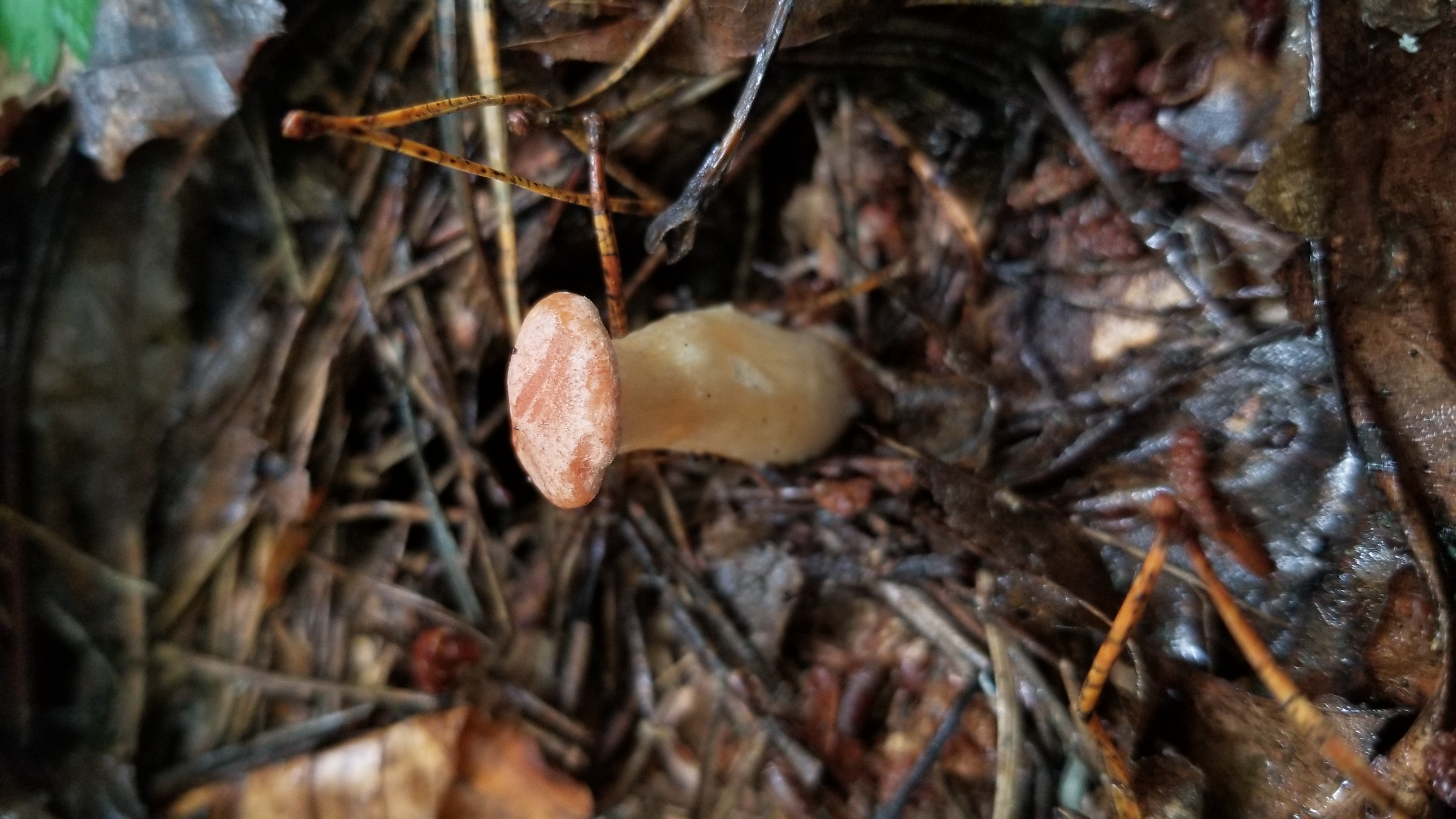
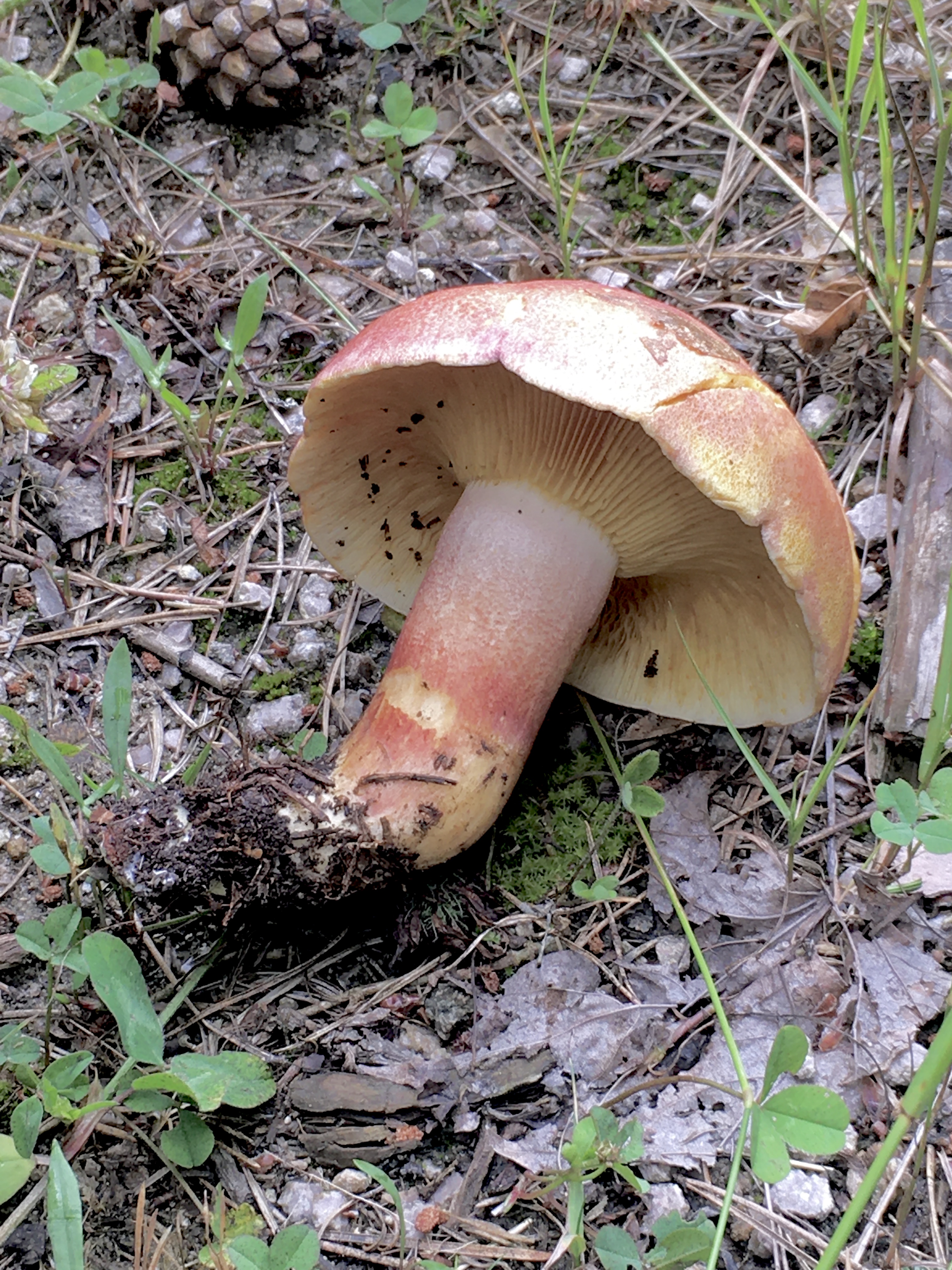
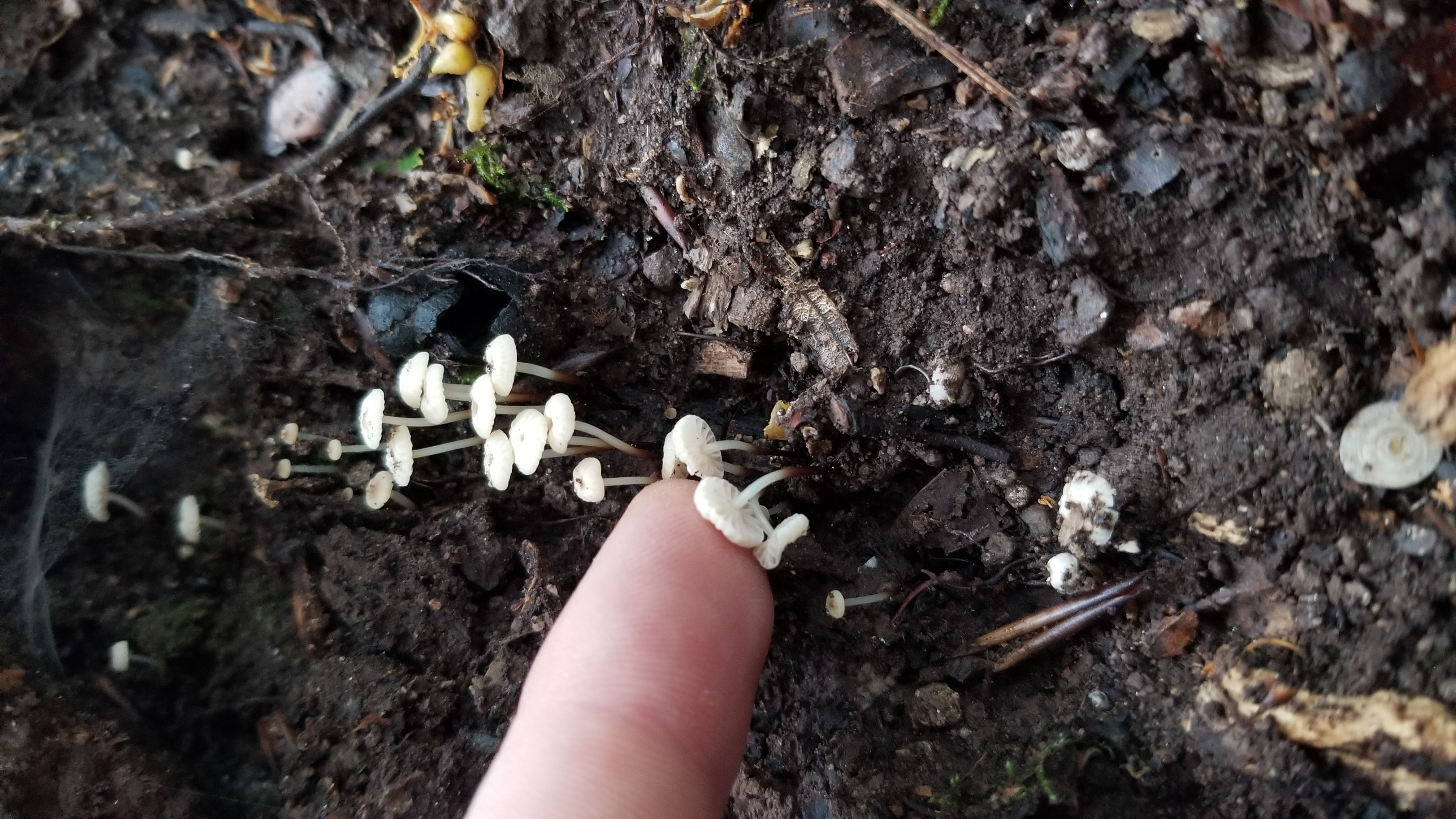
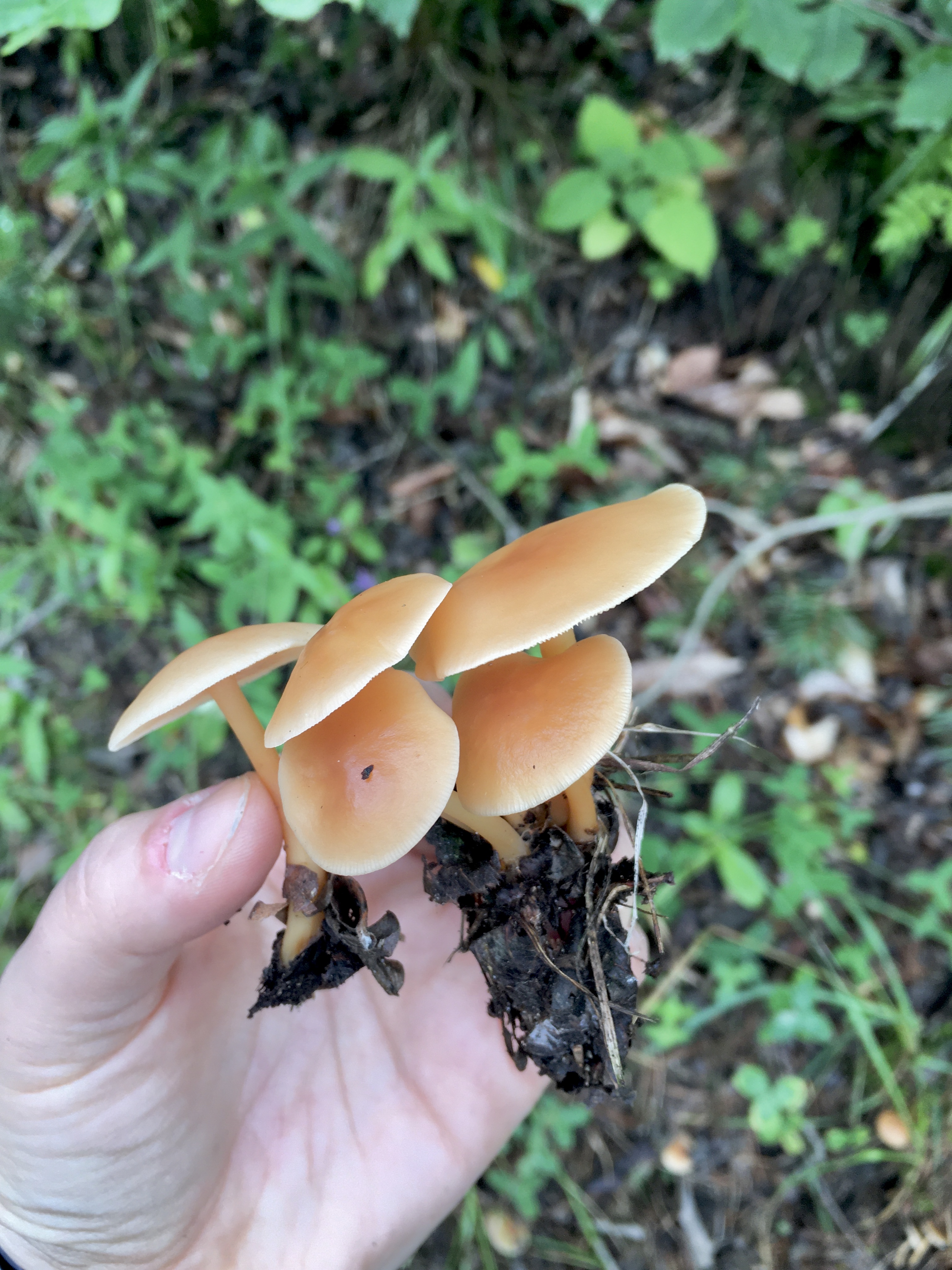
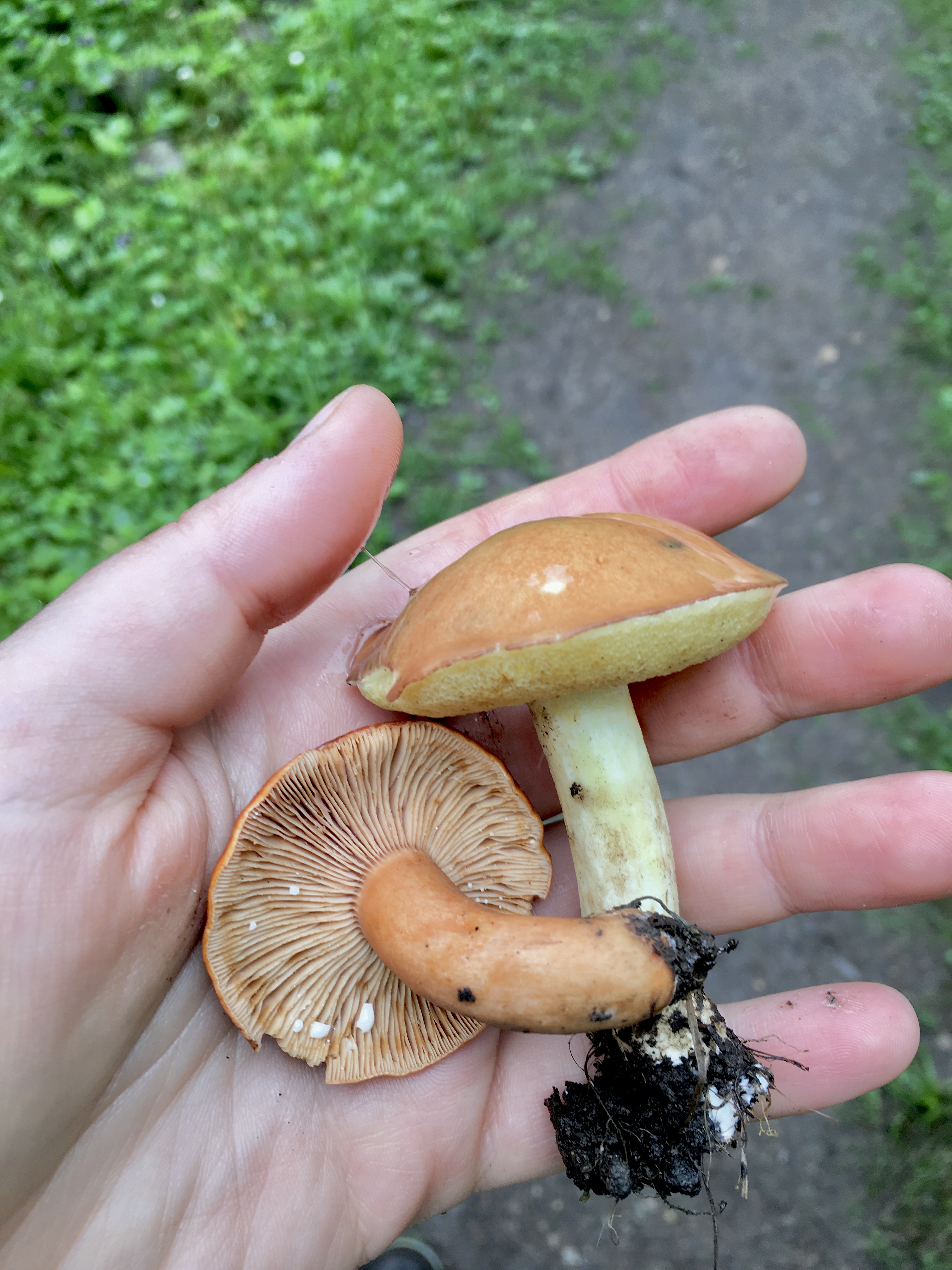


-T
- species level identification is ongoing.
References: Morris, Benny; Ze’evi, Dror (2019). The Thirty-Year Genocide: Turkey’s Destruction of Its Christian Minorities, 1894–1924. Harvard University Press. ISBN 978-0-674-91645-6. Kévorkian, Raymond (2011). The Armenian Genocide: A Complete History. Bloomsbury Publishing. ISBN 978-0-85771-930-0. de Waal, Thomas (2015). Great Catastrophe: Armenians and Turks in the Shadow of Genocide. Oxford University Press. ISBN 978-0-19-935069-8. Bijak, Jakub; Lubman, Sarah (2016). “The Disputed Numbers: In Search of the Demographic Basis for Studies of Armenian Population Losses, 1915–1923”. The Armenian Genocide Legacy. Palgrave Macmillan UK. pp. 26–43. ISBN 978-1-137-56163-3. Suny, Ronald Grigor (2015). “They Can Live in the Desert but Nowhere Else”: A History of the Armenian Genocide. Princeton University Press. ISBN 978-1-4008-6558-1. Noroozi, Jalil, et al. “Hotspots of vascular plant endemism in a global biodiversity hotspot in Southwest Asia suffer from significant conservation gaps.” Biological Conservation 237 (2019): 299-307. Aleksanyan, Alla, et al. “Biodiversity of dry grasslands in Armenia: First results from the 13th EDGG Field Workshop in Armenia.” Palaearctic Grasslands 46 (2020): 12-51. Fayvush, G., et al. “” Biodiversity Hotspots” in Armenia.” Annalen des Naturhistorischen Museums in Wien. Serie B für Botanik und Zoologie (2013): 11-20. Gasparyan, Arsen, et al. “First inventory of lichens and lichenicolous fungi in the Khosrov Forest State Reserve, Armenia.” Flora Mediterranea 25 (2015): 105-114. Gasparyan, A. R. S. E. N., and HARRIE JM Sipman. “New lichen records from Armenia.” Mycotaxon 123 (2013): 491-492. Gasparyan, Arsen, Harrie JM Sipman, and Robert Luecking. “Ramalina europaea and R. labiosorediata, two new species of the R. pollinaria group (Ascomycota: Ramalinaceae), and new typifications for Lichen pollinarius and L. squarrosus.” The Lichenologist 49.4 (2017): 301-319. Gasparyan, Arsen, and André Aptroot. “Verrucaria juglandis, a new corticolous lichen species from Armenia.” Herzogia 29.1 (2016): 103-107. https://hikearmenia.org/all-trails/trail/hidden-waterfall-trail https://hikearmenia.org/all-trails/trail/drunken-forest/ https://www.wikiloc.com/mountain-biking-trails/vardenyats-mountain-pass-selim-2-410m-silk-road-orbelians-caravanserai-hermon-village-15807113 Dindar, Shereen (June 9, 2010). “World’s Oldest Leather Shoe Found—Stunningly Preserved”. National Post. Canada. Retrieved June 11, 2010. Dr. Leonovich (February 2002). “Stepanavan Dendropark, Armenia”. 3 (8). Botanic Gardens Conservation International.